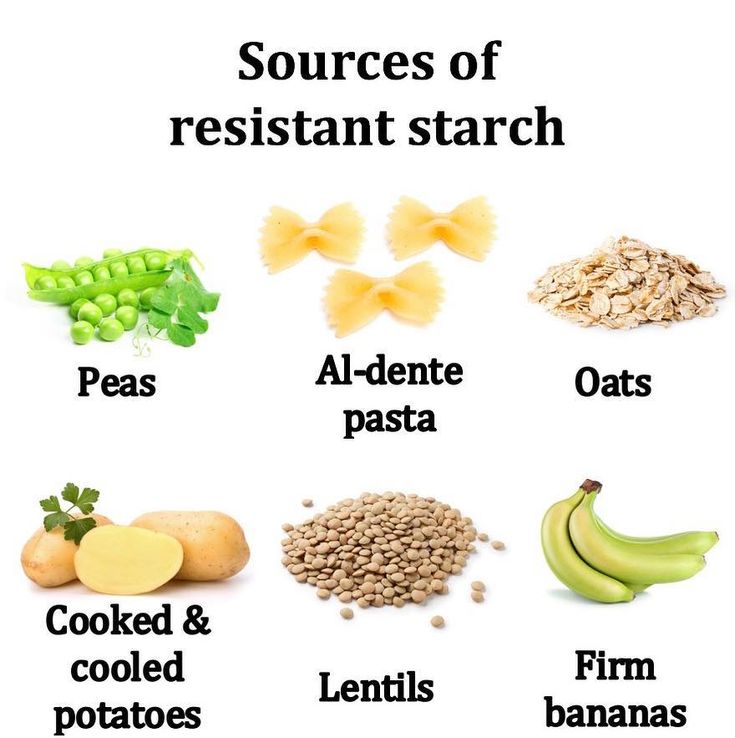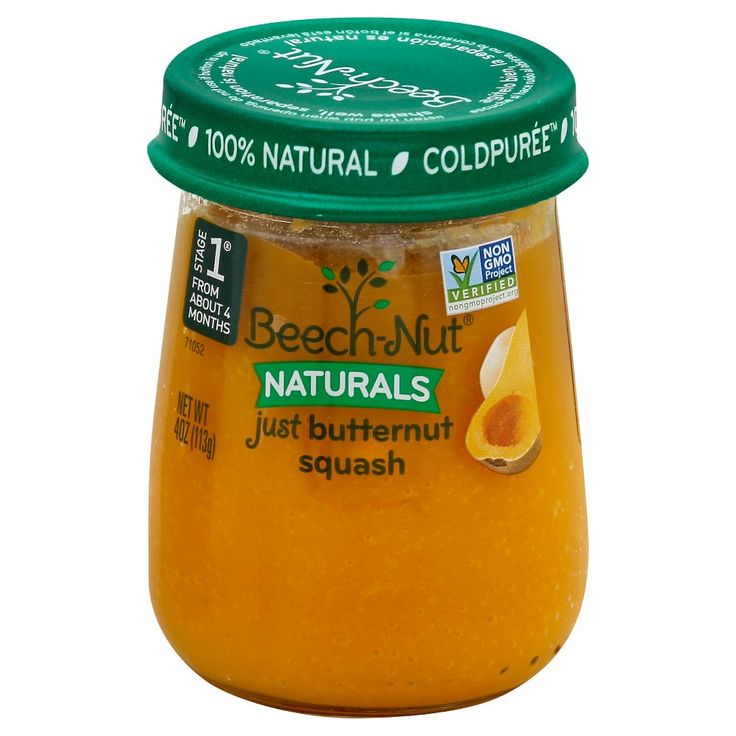Starch foods for babies
Feeding your baby (aged nine months to a year)
Babies are usually happy to try new tastes and textures, so you can give them a wide range of family foods at this stage – but remember not to put salt in your cooking.
Covid-19 guidance for pregnant women and information on what is happening in their regional unit can be found on NI Maternity
Types of food
After nine months you can begin to offer your child:
- Minced food, rather than mashed
- Harder finger food, such as raw vegetables
If you give them dairy products, make sure they are the full-fat varieties. Cutting back on fat is sensible for adults, but not for babies as they need more energy for growth.
Also, try not to encourage a sweet tooth by giving them biscuits and cakes as these will fill up your baby without providing any nutrients.
Meals
Your baby should be having a good mixed diet by now with probably three or four meals a day.
Your baby’s diet should contain:
- starchy foods at every meal, like potatoes, rice, bread, pasta and plantain
- fruit or vegetables at each meal
- one or two servings of meat, fish, eggs or pulses (beans or lentils) a day
This is a good time to introduce two course meals.
Ideally these would be a:
- savoury first course of starchy food like meat, fish or pulses with vegetables
- second course of milk, fruit or both
- Healthy eating for different ages and stages
Drinks
You will find that as your baby eats more solid foods, the amount of milk your baby wants will start to reduce. Once your baby is eating plenty of solids several times a day, they may go without one feed, but do continue to breastfeed or give 500-600ml (about a pint) of infant formula a day until at least 12 months of age.
Breastfeeding will continue to benefit you and your baby. As you introduce drinks, water with meals for instance, always use cups rather than bottles.
You should avoid using anything with a teat. If your child spends too long with a teat in their mouth it may damage their teeth and delay speech development. At this stage, water doesn’t have to be boiled unless you are using it to make up formula milk.
Diluted fruit juice can also be used if it is well diluted (one part juice to 10 parts water).
Cow’s milk
Remember that cow’s milk must not be given as a drink until your baby is one year old, however, it can be used for mixing into foods like cereal or mashed potatoes.
Getting enough iron
Babies need iron in their diet to help their brains develop normally. Pork, beef and lamb are excellent sources of iron and serving vegetables with these will help your baby to absorb it.
If you have decided you do not want your baby to eat meat or fish, make sure that you give them two servings a day of split pulses (red lentils, split peas, chickpeas) or tofu.
Fruit also helps the body absorb iron, so include this at meal times as well.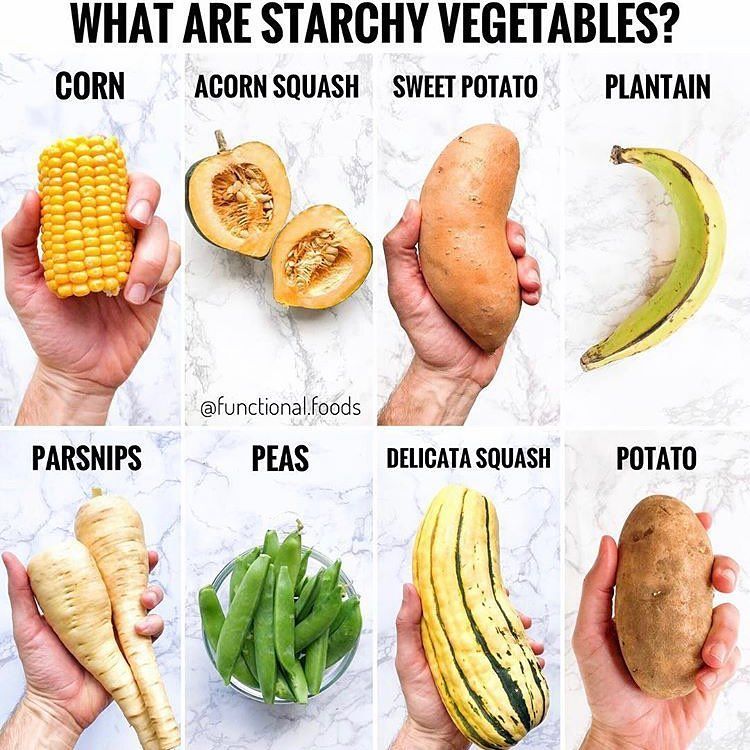
Vitamins and Healthy Start scheme
Children under five years old who are breastfeeding need vitamin drops A, C and D (children who are drinking 500ml of infant formula a day do not need these as they are already added).
If your family qualifies for the Healthy Start scheme, you can get free milk, fresh fruit and vegetables and vitamins until your child’s fourth birthday.
- Free milk, fruit, vegetables and vitamins
More useful links
- Meningococcal B (Men B) vaccination programme for babies
Help improve this page - send your feedback
You must have JavaScript enabled to use this form.
What do you want to do?report a problem
leave feedback
ask a question
Report a problemWhich problem did you find on this page? (Tick all that apply)
A link, button or video is not working
There is a spelling mistake
Information is missing, outdated or wrong
I can't find what I'm looking for
Another issue
Messages
Tell us more about the problem you're having with the nidirect website.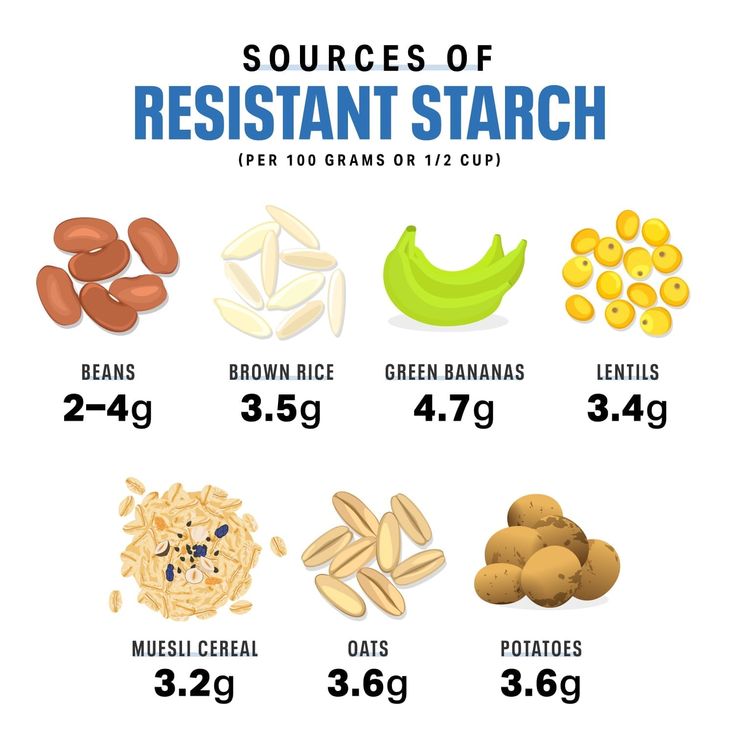
Enter your feedback
What is your question about?Choose a topic for your question: - Select -AnglingBenefitsBirth certificatesBlue BadgeCareersCompensation due to a road problemChild MaintenanceCivil partnership certificatesCoronavirus (COVID-19)COVID vaccination certificateCriminal record checks (AccessNI)Death certificatesEducational Maintenance AllowanceEmployment rightsHigh Street Spend Local SchemeMarriage certificatesMotoringnidirect accountPassportsPenalty Charge NoticesPensionsPRONI - historical recordsRates or property valuationProblems with roads and streetsSmartpassMy question is about something else
What to do next
Can starchy foods be harming your baby?
It’s now recommended to start babies on solids between 4 and 6 months. However, in conflict to our supermarket shelves adorned with baby-rice, baby-porridge and baby-muesli, science warns against feeding infants a diet rich in starchy foods (also known as farinaceous foods, e.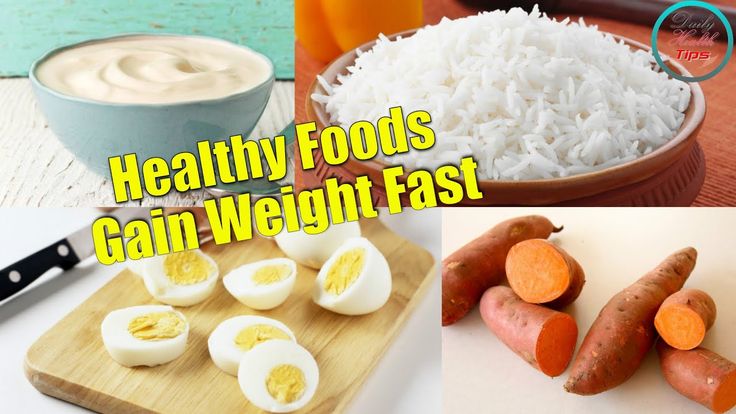 g. rice, breads, potatoes, porridge, cereals, crackers, etc). In fact, some people believe they’re simply the worst meals to feed young babies!
g. rice, breads, potatoes, porridge, cereals, crackers, etc). In fact, some people believe they’re simply the worst meals to feed young babies!
Can starchy foods be harming your baby?
The science is in…
Medical science has clearly understood that the amylase enzyme ‘ptyalin’ (pronounced ty-u-lin) contained within our saliva is critical in initiating the body’s digestive processes. Pancreatic amylase, which is secreted by the pancreas into the small intestine, is also considered a workhorse in the body’s digestive process. These processes are used to break down starch into glucose sugars. What science also knows is that infants produce almost no ptyalin, and very little pancreatic amylase, until well after 6 months of age.
Without these starch-busting enzymes being produced, 3 bodily reactions commonly occur after feeding a baby starch:
- The indigestible starch ‘ferments’ in the intestinal tract, causing digestive discomfort and possibly digestive disorders
- Baby’s mucous ‘thickens’, potentially causing ear, nose or throat problems
- Your baby’s blood sugar levels increase
Perhaps this is a partial explanation for the epidemic levels of continual sore tummies, runny noses, recurring ear infections, tonsillitis, bronchiolitis, asthma and even diabetes and obesity we now see prevalent in the developed world?
Hold on, but what about babies in developing countries, or Asian babies, being fed rice and other staple starches? Why is it OK for them?
It’s a really simple answer actually. For thousands of years, mothers in these countries have always chewed the baby food first, before feeding it to their infant – unwittingly coating the baby’s food with the ptyalin enzyme from their own saliva.
For thousands of years, mothers in these countries have always chewed the baby food first, before feeding it to their infant – unwittingly coating the baby’s food with the ptyalin enzyme from their own saliva.
Interestingly, the levels of asthma, diabetes, obesity and ear infections are on the rise in developing countries too. Could this be something to do with changes in how babies in these countries are now being fed?
But getting back to Western medicine and its history…
Apparently medical science has known that starchy foods aren’t good for infants for quite some time.
In the 1800s, renowned surgeon and obstetrician Pye Henry Chavasse wrote, “I wish, then, to call your special attention to the following facts, for they are facts – Farinaceous foods, of all kinds . . . are worse than useless – they are positively, injurious, they are, during the early period of infant life, perfectly indigestible . . . A babe’s salivary glands . . . does not secrete its proper fluid – namely, ptyalin, and consequently the starch of the farinaceous food is not converted . . . and is, therefore, perfectly indigestible and useless – nay, injurious to an infant”.
. . and is, therefore, perfectly indigestible and useless – nay, injurious to an infant”.
Since then there have been numerous other respected doctors, professors and scientists all saying a similar thing, over and over and over again. This includes Prospiro Sonsino, Tilden, Routh, Huxley, Youmans, Dalton, Page, Densmore, to name but a few. However, in recent decades medicine and the science of nutrition seem to have ‘forgotten’ this knowledge.
Dr Page wrote, “Milk is the food for babies and contains all the elements necessary to make teeth, and until they are made, it should continue to be the sole food. It is not enough that two or three or a half dozen teeth have come through, that they should be expected to do any part of a grown child’s work … Upon no consideration should any of the farinaceous or starchy articles be added until the mouth bristles with teeth”.
Then, in the early to mid-1900s, rebel health pioneer and prolific writer Dr Herbert Shelton focused on this subject too, when he wrote, “The fact that Nature makes no provisions for the digestion of starches before full dentition [growing of teeth], should be sufficient evidence that she does not intend it to form any part of the infant’s diet.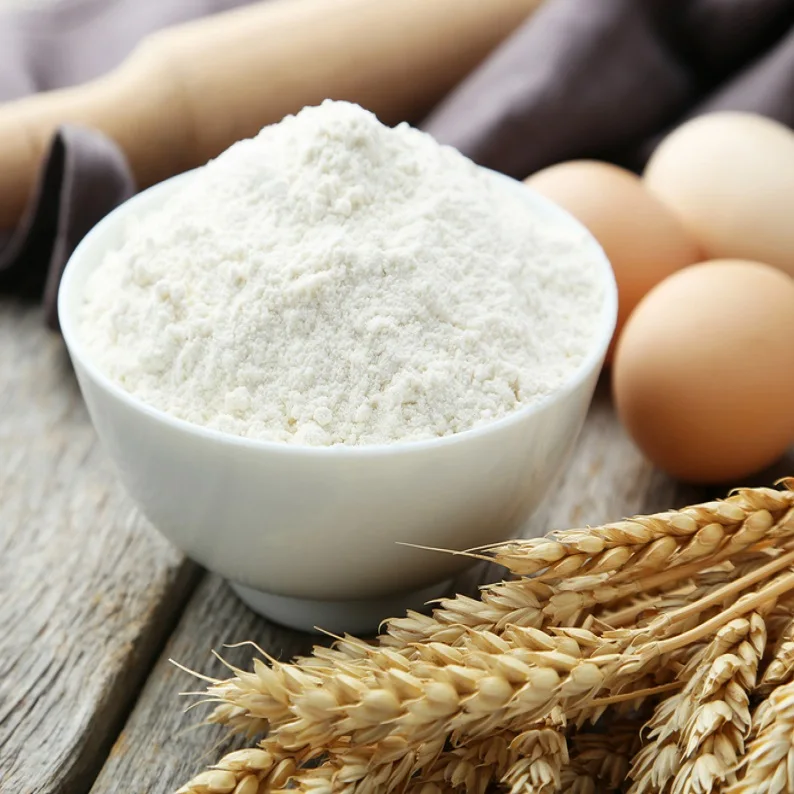 Before the teeth are fully developed the saliva of the infant contains a mere trace of ptyalin, the digestive ferment or enzyme that converts starch into sugar . . . Certain it is that nature did not intend the baby to chew food until its teeth are sufficiently developed to perform this function . . . No starchy foods or cereals should be given under two years”.
Before the teeth are fully developed the saliva of the infant contains a mere trace of ptyalin, the digestive ferment or enzyme that converts starch into sugar . . . Certain it is that nature did not intend the baby to chew food until its teeth are sufficiently developed to perform this function . . . No starchy foods or cereals should be given under two years”.
So why do we feed our babies starchy food?
This is such important knowledge, I seems truly odd that with such massive scientific evidence, our society remains so obsessed with starchy baby foods – and the equally nonsensical belief that carbohydrate starches should be the main staple of all infants’ ongoing diet.
Is it a case of the ‘big food’ industry pushing unnecessary product on consumers to satisfy the never-ending desire for dividends? Are we rushing too quickly into feeding solids, and quick-and-easy food options, due to our hectic, fast paced modern lives? Have we simply forgotten what our grandparents and great-grandparents knew intuitively about feeding infants? Who knows?
In some ways it reminds me of how completely accepted cigarettes were half a century ago, when most people genuinely didn’t understand – simply because they weren’t told – that smoking was damaging their health. Even though plenty of medical science was being produced to show that cigarettes were extremely harmful.
Even though plenty of medical science was being produced to show that cigarettes were extremely harmful.
So OK then, I hear some readers asking, if we don’t feed our infants baby rice, baby cereal, baby porridge, mashed potato, kumara, bread, pasta, noodles, crackers, biscuit, rusks, and other starch – then what the heck do we feed a baby instead?
Well, the answer is pretty simple, as is the solution: primarily vegetables and fruit – topped up with some protein. If you do have to use baby rice, or include potato or kumara in your baby mash, do so sparingly and definitely not every day. Ideally your infant should stick to this diet from 6 months right through to 12 months. And only after 1 year of age, and lots of teeth in the mouth, should starchy food start to become the staple part of your baby’s diet.
There are certainly experts who may disagree with some of this menu’s aspects – but, for today there’s only one thing that all nutritionists agree on, and that is that there are opponents to all opinions.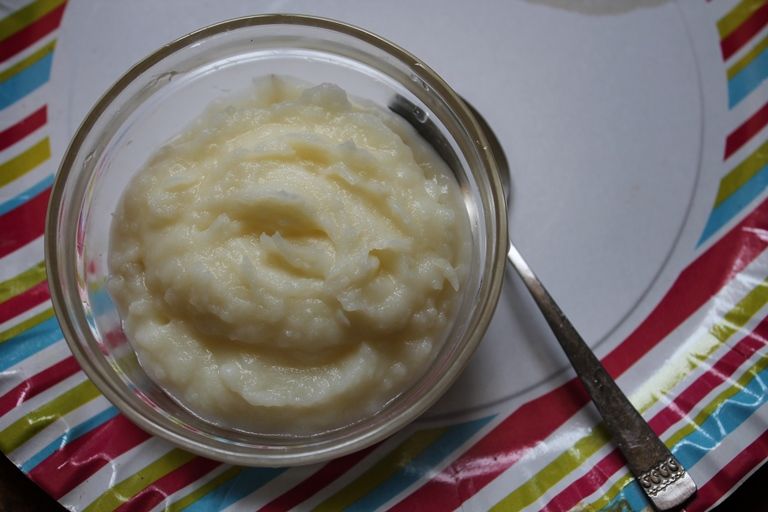 At the end of the day, you should go with your gut, and do what you think is best for your bub.
At the end of the day, you should go with your gut, and do what you think is best for your bub.
Check out our Baby foods recipe section for more infant meal ideas
3.6 5 votes
Article Rating
What foods contain starch. Starchy and non-starchy vegetables: list and description
This is a white, tasteless powder that is familiar to many of us. It is contained in wheat and rice grains, beans, potato tubers and cobs corn. However, in addition to these products, we find starch in boiled sausage, ketchup and, of course, in all kinds of jelly. depending from their origin, starch grains vary in shape and size particles. When squeezing the starch powder in your hand, it emits a characteristic creak. nine0003
Products rich in starch:
Approximate amount per 100 g of product
General characteristics of starch
Starch is absolutely insoluble in cold water. However, under the influence of hot water, it swells and turns into a paste. When we were at school, we were taught that if you put a drop of iodine on a piece of bread, the bread will turn blue. This is due to the specific reaction of starch. In the presence of iodine, it forms the so-called blue amyliodin. nine0003
However, under the influence of hot water, it swells and turns into a paste. When we were at school, we were taught that if you put a drop of iodine on a piece of bread, the bread will turn blue. This is due to the specific reaction of starch. In the presence of iodine, it forms the so-called blue amyliodin. nine0003
By the way, the first part of the word - "amyl", indicates that starch is a slimy compound and consists of amylose and amylopectin. As for the formation of starch, it owes its appearance to the chloroplasts of cereals, to potatoes, as well as a plant that in its homeland, in Mexico, is called maize, and you and I know it as corn.
It should be noted that, in terms of its chemical structure, starch is polysaccharide, which, under the influence of gastric juice, is capable of be converted to glucose. nine0003
Daily requirement for starch
As mentioned above, under the influence of acid, starch is hydrolyzed and converted into glucose, which is the main source of energy for our body.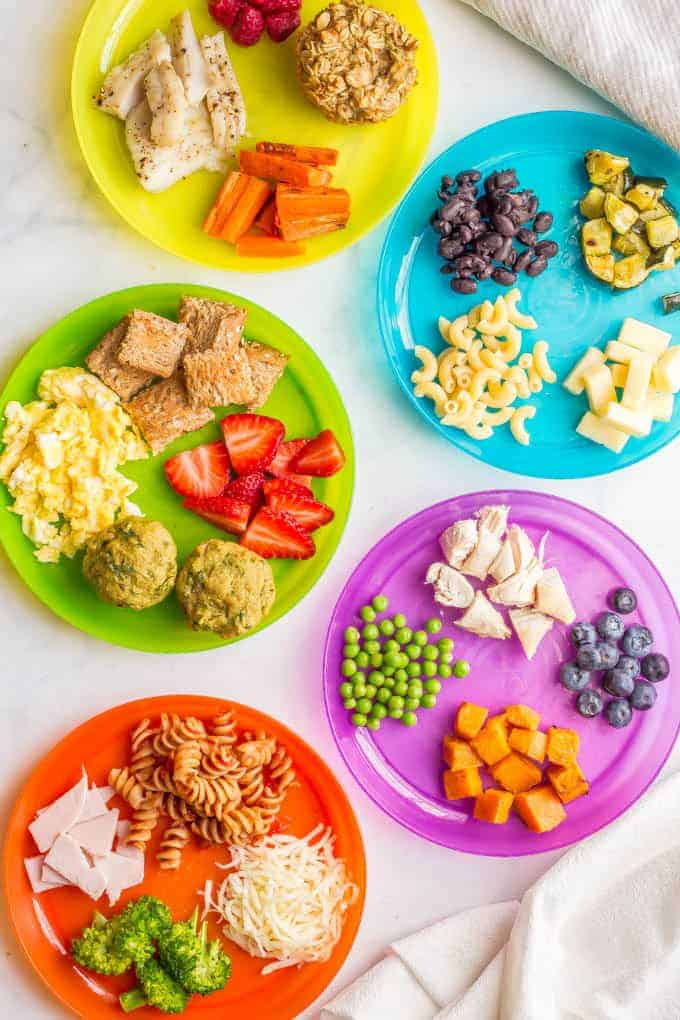 Therefore, in order to feel good, a person must necessarily eat a certain amount of starch.
Therefore, in order to feel good, a person must necessarily eat a certain amount of starch.
You just need to eat cereals, bakery and pasta, legumes (peas, beans, lentils), potatoes and corn. Also, it is good to add at least a small amount of bran to food! According to medical indications, the daily requirement of the body for starch is 330-450 grams. nine0003
The need for starch is increasing:
Since starch is a complex carbohydrate, its use is justified if a person has a long work during which there is no possibility of frequent meals. Starch, gradually transforming under the influence of gastric juice, releases the glucose necessary for life.
The need for starch is reduced:
- in various liver diseases associated with impaired digestion and absorption of carbohydrates; nine0030
- at low physical exertion. In this case, starch is able to be converted into fat, which is deposited "in reserve";
- in the case of work requiring an immediate supply of energy.
 Starch is converted into glucose only after some time.
Starch is converted into glucose only after some time.
Starch digestibility
Due to the fact that starch is a complex polysaccharide, which, under the influence of acids, can be completely converted into glucose, then the digestibility of starch is equated to the digestibility of glucose. nine0003
Useful properties of starch and its effect on the body
Since starch is able to turn into glucose, its effect on the body is similar to glucose. Due to the fact that it is absorbed more slowly, the feeling of satiety from eating starchy foods is higher than when eating sugary foods directly. At the same time, the load exerted on the pancreas is much less, which favorably affects the health of the body.
Interaction of starch with other essential elements
Starch interacts well with substances such as warm water and gastric juice. At the same time, water causes starch grains to swell, and hydrochloric acid, which is part of the gastric juice, turns it into sweet glucose.
Signs of lack of starch in the body
- weakness;
- fatigue;
- frequent depression;
- immunosuppression;
- decreased libido.
Signs of excess starch in the body:
- frequent headaches;
- overweight;
- immunosuppression;
- irritability;
- problems with the small intestine;
Starch and health
Like any other carbohydrate, starch should be strictly regulated. Do not consume excessive amounts of starchy substances, because it can lead to the formation of fecal stones. However, starch should also not be avoided, because in addition to an energy source, it forms a protective film between the stomach wall and gastric juice. nine0003
We often hear that vegetables are essential for human daily consumption. But why? After all, there are many other foods endowed with vitamins, but why should vegetables not be overlooked? Everything is very simple.
It is with vegetables that the guarantee of a healthy diet begins:
- Vegetables are not fatty foods;
- They are endowed with many trace elements and vitamins;
- Some vegetables don't even need to be steamed, fried or boiled. They can be consumed fresh; nine0030
- They are very light and easily absorbed by the body.
But many will argue that not every vegetable is so light and harmless.
In this regard, they are divided into two categories:
- Starchy vegetables;
- Vegetables without starch.
Starch is one of the carbohydrates found in vegetables. In appearance, it is a white powdery substance, odorless and tasteless. This powder is insoluble in cold water, therefore, when it merges, it forms a viscous paste. nine0003
This complex carbohydrate serves as a source of energy for both plants and humans. In plants, it is mainly found in tubers and stems, and when it breaks down, it is converted into glucose, which feeds the plant with energy. In the human body, it also tends to break down and turn into sugar.
In the human body, it also tends to break down and turn into sugar.
The benefits and harms of starch for the body
Starch in the human diet performs the function of nourishment. Enriching the body with additional energy due to breakdown and conversion into glucose. This process begins from the moment food containing its granules enters the human oral cavity. nine0003
Before biting off a piece of the product, saliva begins to envelop each granule, at this stage a carbohydrate called maltose is formed.
After that, this carbohydrate enters the small intestine and there, under the influence of an acidic environment, it turns into glucose, which is absorbed by the intestinal walls and enters the bloodstream, spreading throughout the body, feeding it with energy. But you need to take into account the fact that starch is not always useful.
Positive properties of starch: nine0084
- Due to the content of a large amount of amylose, starch has a beneficial effect on the stomach.
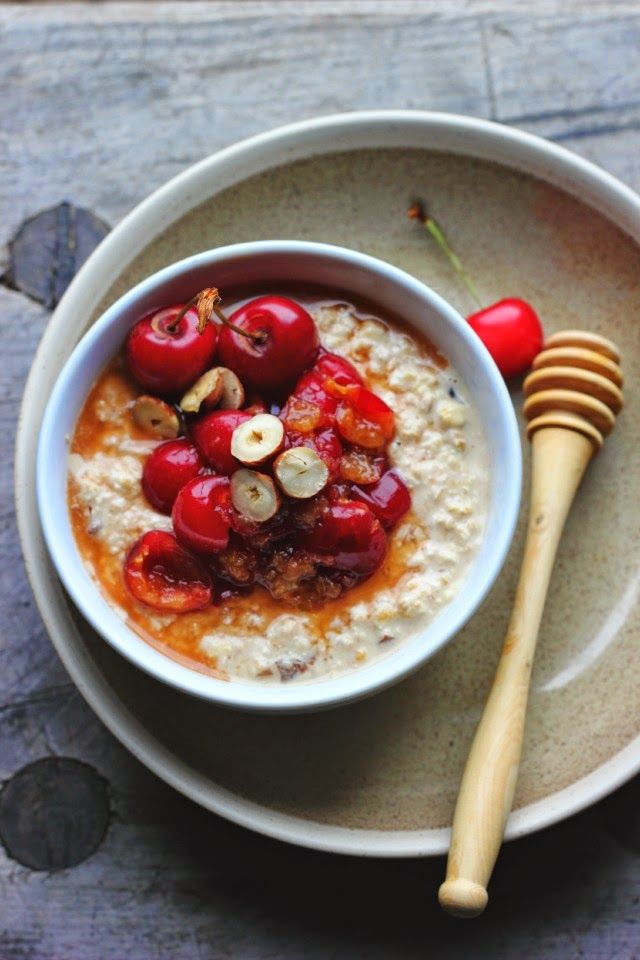
- He is a kind of personal massager of the walls of the stomach and intestines. When this type of carbohydrate is absorbed by a person, it does not disintegrate, but remains in the form of a lump, which gradually massages the walls of the stomach, and improves the digestive system, reducing the absorption of cholesterol by the latter.
- Another no less useful property of the carbohydrate in question is that it helps a person to restore the body after a sharp increase or decrease in sugar in the body. This is very important for people with diabetes. nine0030
Negative properties of starch:
- People who watch their figure and carefully read the sugar level in each product will tell us that starchy foods are almost taboo. It is he who turns into glucose (sugar), is absorbed into the walls of the intestines and into the blood, and oversaturates the body with sugar (if such foods are consumed in excess), which cannot but affect weight gain.
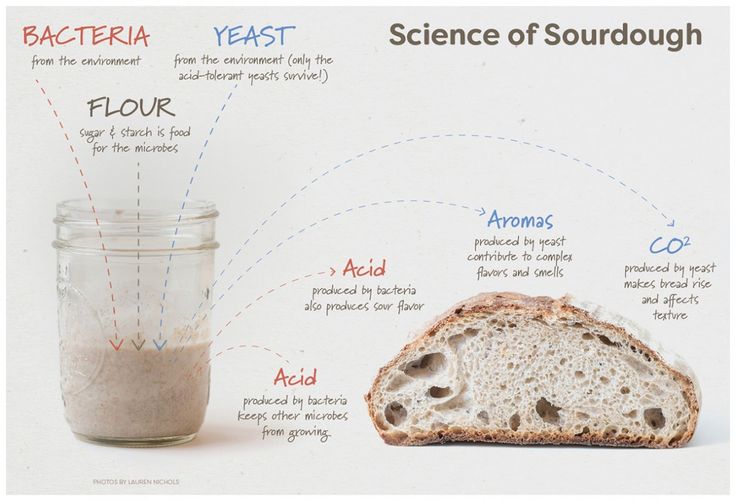
- Starchy compounds that enrich the body sometimes lead to the formation of fatty deposits. Therefore, when you hear that you can lose weight by adding vegetables to your diet, then be careful, not all of them will be useful in this matter. nine0030
This remedy will be a good helper in losing weight. The components of sweets gently affect the body, have a 100% natural composition, this determines the absence of side effects.
Of course, it is especially important to combine the intake of tablets with proper nutrition and exercise. In this case, the efficiency will be maximum, and the result is noticeable on the face.
Starch-free or low-starch products
It should be noted that no animal product is classified as starchy, while almost all plant products are. nine0003
The table of low or no starch foods below includes many foods.
| Vegetables without starch | Low starch vegetables |
| Onion, leek, shallot, chives | Garlic |
| Chervil | Pumpkin |
| Cucumber | Peas nine0166 |
| Gherkin | Artichoke |
| Rutabaga | Kohlrabi |
| Purslane | Chicory |
| Tomatoes | Asparagus |
| Greens: dill, parsley, sorrel, spinach, nettle, | Cabbage |
| Eggplant | Green and red pepper |
| Cauliflower, red cabbage, Brussels sprouts nine0166 | Radishes |
| Broccoli | Pasternak |
| Dandelion | Mushrooms |
| Rhubarb | Endive |
| Goatbeard | |
| Carrot |
Starchy foods are very quickly absorbed by the body (potatoes, legumes and cereals), and in a short time saturate it with energy, turning into glucose. nine0003
nine0003
Important! Complete digestion of starch requires an alkaline environment. It is difficult to digest if consumed with foods containing protein.
Vegetables containing this carbohydrate are well absorbed when combined with food containing fats. These include:
- Sour cream;
- Vegetable oil;
- Cream, etc.
Combining the presented fats with vegetables containing a low level of starch, such as radishes, peas, cabbage, pumpkin mushrooms and others, the human body is saturated with various types of microelements and vitamins. They are all necessary for people to stimulate the work of internal organs. nine0003
All existing vegetables can be roughly divided into two broad categories: starchy vegetables and non-starchy vegetables. It is clear that the basis of this division is the amount of starch in the product. Unfortunately, there is no clear criterion for how to classify them in the groups listed above, as a result of which, on some Internet resources, you can also find a third group, the so-called moderately starchy vegetables.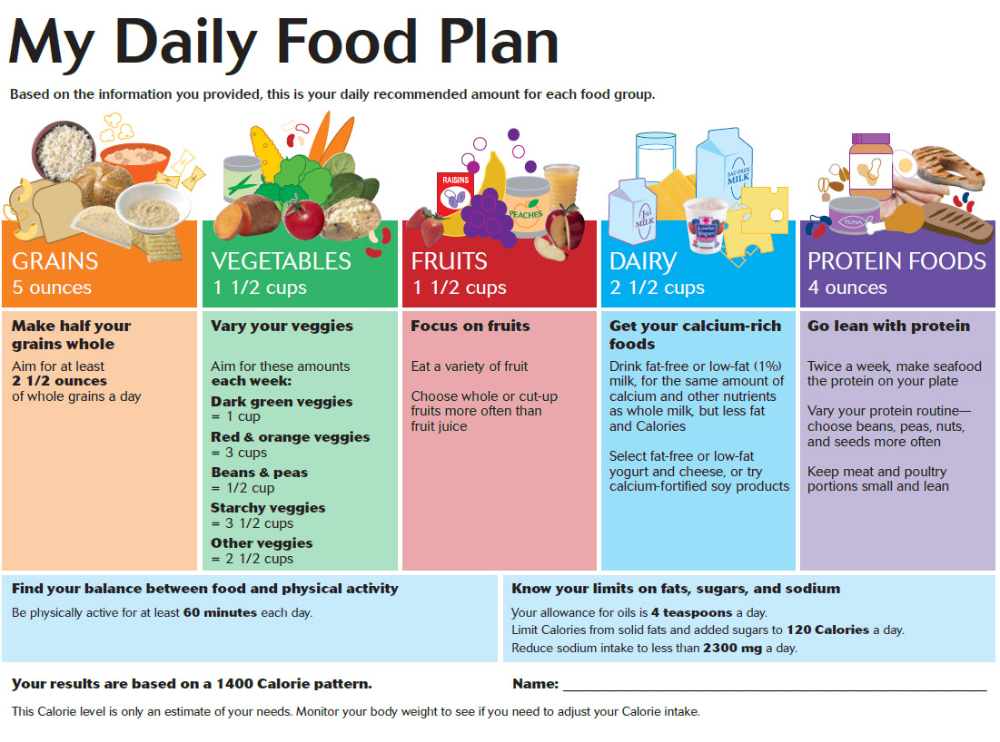 However, I will consider starchy and non-starchy vegetables, a mini list of their ladies. nine0003
However, I will consider starchy and non-starchy vegetables, a mini list of their ladies. nine0003
High starch foods
Potato contains approximately 18 -20% of the substance in question. Due to the special nutritional qualities, potatoes, not without reason, are called the second bread. In order for the representatives of the flora that I am considering to be fully absorbed by the body, they should be eaten along with a small amount of fat, for example, vegetable oil. Below we list the most common representatives of this category.
Potatoes; nine0293 Cauliflower;
Corn;
Jerusalem artichoke;
Squash;
Legumes: beans, peas, chickpeas, lentils;
Pumpkin;
Sweet potato;
Radish;
Rutabaga;
Parsley, celery and horseradish roots.
Non-starchy vegetables
Members of this category contain very little of the polysaccharide in question. As a result, they are compatible with almost any other product. These vegetables go well with meat and fats, improving the absorption of the latter. In addition, they retain liquid well, which contributes to the rapid achievement of a feeling of fullness. Here is a list of the most popular products in this category:
These vegetables go well with meat and fats, improving the absorption of the latter. In addition, they retain liquid well, which contributes to the rapid achievement of a feeling of fullness. Here is a list of the most popular products in this category:
White, red, Brussels sprouts;
Onion: bulb, green, bear, leek, chives;
Lettuces;
Bamboo shoots;
Arugula;
Cucumbers;
Zucchini;
Dill;
Parsley;
Sorrel;
Asparagus;
Bell pepper;
String beans and green peas;
Spinach;
Heart of artichokes.
Note: the following vegetables can be classified as an intermediate group: carrots, turnips, marrows, eggplants, soybeans, beets. nine0003
Differences
What is so special about starch and why are vegetables classified into different categories based on this substance?
The main reason for this harsh separation is that starch requires an alkaline environment to be digested in the gastrointestinal tract. In contrast, we note that such a common nutrient component as protein, on the contrary, is better absorbed in an acidic environment. It is logical to imagine that in the presence of a large number of the ingredients listed above, none of them will be properly utilized. Fermentation processes will begin in the intestines, which will manifest itself in the form of dyspeptic phenomena, accompanied by discomfort and bloating. nine0003
In contrast, we note that such a common nutrient component as protein, on the contrary, is better absorbed in an acidic environment. It is logical to imagine that in the presence of a large number of the ingredients listed above, none of them will be properly utilized. Fermentation processes will begin in the intestines, which will manifest itself in the form of dyspeptic phenomena, accompanied by discomfort and bloating. nine0003
In addition, poorly processed starch is transformed into easily accessible fats, which settle on the sides and thighs. An unbalanced diet is a trigger for excess weight.
Hence the conclusion - products containing starch in large quantities should not be accompanied by protein products. By the way, a fairly common dish - potatoes with meat, in fact, is the clearest example of food incompatibility. This combination should be avoided and used separately. nine0003
But representatives of both categories of vegetables can be perfectly combined with each other. So you can safely eat, for example, potatoes and cabbage with parsley, without fear of getting indigestion.
So you can safely eat, for example, potatoes and cabbage with parsley, without fear of getting indigestion.
Many have heard that it is good for health to eat a lot of vegetables. I note that you should not take this phrase literally, for example, a diet in which only potatoes and cabbage are present can hardly be called correct. Yes, and such a menu will affect health, most likely, in a negative way. It is necessary to take into account the group affiliation of vegetables. nine0003
For best results, eat them raw or steam them. Thanks to this, the products will retain all the vitamins and minerals that are so necessary for a full-fledged lifestyle.
A few words about tomatoes. Due to the fact that they contain a lot of organic acids in their composition, they partly equate them to fruits. That is why you should eat tomatoes as much as possible, especially when combined with protein foods such as meat or fish. nine0003
Representatives of the legume family deserve special attention. Not many people know that this is a very heavy food, and it should be consumed in a rather limited way. The reason for this lies in the large amount of starch, about 45%, combined with a fair amount of protein, about 25%. For better absorption, you need to add a little heavy cream or vegetable oil to such vegetables.
Not many people know that this is a very heavy food, and it should be consumed in a rather limited way. The reason for this lies in the large amount of starch, about 45%, combined with a fair amount of protein, about 25%. For better absorption, you need to add a little heavy cream or vegetable oil to such vegetables.
Conclusion
The more fresh, crispy, green vegetables on our tables, the higher the useful component of food. At present, mankind has created a huge number of all kinds of diets, "for every color and taste." You will definitely be able to find something suitable for yourself. It's easy to get lost in this variety. To prevent this from happening, you can seek professional help from a nutritionist. nine0003
Try to diversify your diet, be moderate, and then everything will work out, and of course - be healthy!
Despite the fact that starch, in small quantities, is part of all vegetables, we know much less about this substance than we should.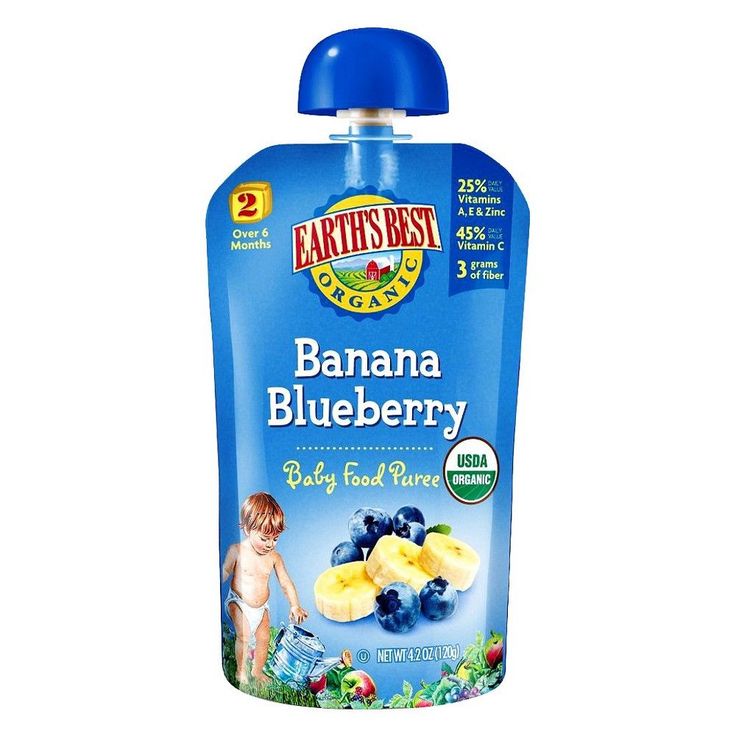 Let's talk about the benefits and dangers of starch, about what types of this carbohydrate are and what foods are the most starchy.
Let's talk about the benefits and dangers of starch, about what types of this carbohydrate are and what foods are the most starchy.
What few people probably know is that starch can be good or bad. By default, it is considered that foods containing starch have an increased glycemic index, that is, they are absorbed quickly and contribute to an increase in blood glucose levels. nine0003
However, not all starch is the same. There is starch that is digested quickly, that is digested slowly, and even that is not digested at all.
What it depends on and how to determine which one is better, I will try to simply and clearly explain in this material.
What is starch and its role in human nutrition
Starch is a complex carbohydrate. For a long time it was believed that complex carbohydrates were less able to raise blood glucose levels than other types of sugars. However, practice has shown that some types of starch have an even higher glycemic index than sugar. nine0003
nine0003
People who have to watch their blood sugar should also avoid foods containing starch, as it breaks down very quickly and turns into glucose.
Which starch is digested quickly and which is slowly digested?
First of all, let's remember that starch is found in varying amounts in all fruits and vegetables. It's just that somewhere there is a lot of it, and somewhere very little.
What really matters: The rate of absorption of starch depends on the degree of processing of products.
All grains and legumes are very rich in this carbohydrate, but by grinding wheat, for example, into flour, making bread and rolls out of it, we facilitate the absorption of starch. Thus, bread and pastries are able to raise blood sugar levels in minutes, even if traditional granulated sugar was not added to the recipe.
Starch with the highest glycemic index , exactly the one that is contained in white bread, pastries. Conversely, whole grain bread contains less “fast starch”, is harder to digest, and even part of it is not absorbed.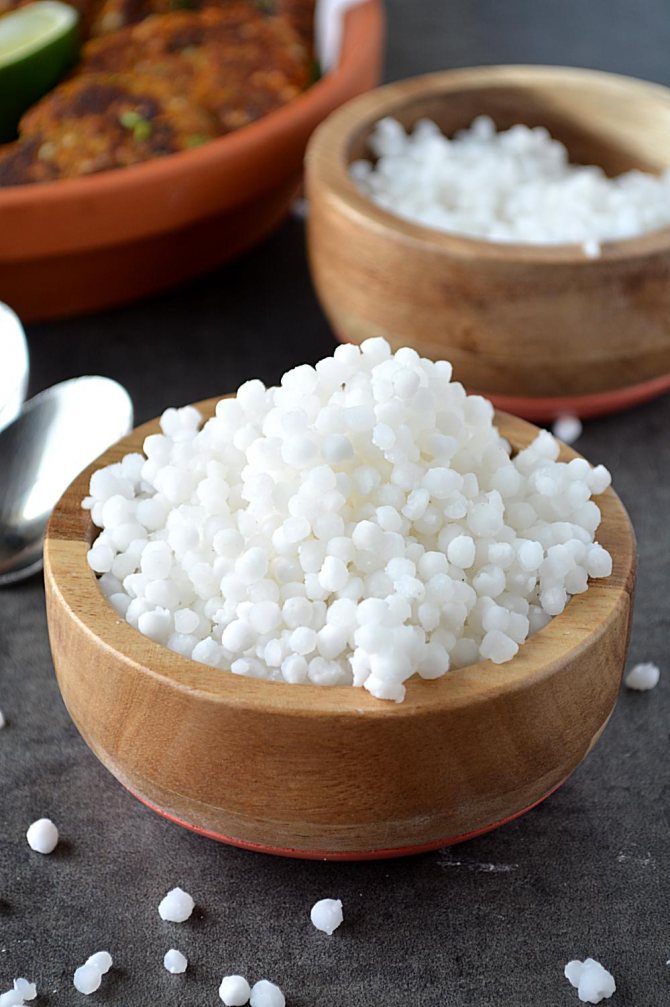 Such starch is called resistant, and it is able to lower blood glucose levels after hyperglycemia. nine0003
Such starch is called resistant, and it is able to lower blood glucose levels after hyperglycemia. nine0003
Interesting fact! One food that contains starch but takes a long time to digest is pasta. But not any, but high-quality pasta cooked “al dente”, that is, not quite to the end. It turns out that the starch molecules are so densely packed in the paste that only half of them are absorbed instantly.
What is the healthiest starch?
- Nutritionists consider beans and lentils to be the best sources of the "right" starch; nine0030
- In second place are whole grains such as buckwheat, brown rice, quinoa, amaranth, oats.
- If the level of glucose is an important indicator for you, then try to eliminate all white flour products from your diet altogether.
- Also, breakfast cereals are a source of bad starch.
What are the benefits and harms of starch?
Many people say that starch is a very useful substance, since it is nutritious, it is true. Glucose is also needed by the body. However, you need to be aware that every surge in blood glucose levels is always a burden on the cardiovascular system. nine0003
Glucose is also needed by the body. However, you need to be aware that every surge in blood glucose levels is always a burden on the cardiovascular system. nine0003
It just means that everything must be within the norm. Starch is needed by the body, as it turns into glucose, which enters the cells from the blood and nourishes them. Unnecessary strain on the cardiovascular system only happens when the cells are already saturated with glucose and blood sugar levels are still high.
Resistant starch is believed to be very important in preventing cancer. It is found in potatoes and fresh fruits and vegetables, legumes. nine0084
On the other hand, easily digestible starch can cause significant harm to health. Abuse of white bread, sweet pastries, can lead to very serious diseases, especially for the cardiovascular system. Problems of the pancreas are not excluded. After all, every time when the level of glucose rises sharply, then it produces more insulin. If such surges are a constant occurrence, this cannot but increase health risks.
If such surges are a constant occurrence, this cannot but increase health risks.
Foods containing starch
As you can see, starch is found in all fruits and vegetables. The only difference is that where starch is negligible, it is simply considered that it is not there, since the volumes are so insignificant that it is even difficult to call this content, it would be more correct to “have traces of starch”.
Plant foods that contain the most starch:
- Beans
- Lentils
- Potatoes nine0029 Corn
- Buckwheat
- Potato sweet potato
- Amaranth
Low starch products:
- Carrot
- Beetroot
- Eggplant
Non-starchy vegetables:
- Cucumbers
- Lettuce
- Spinach
- Bell pepper
- Sorrel
- Cabbage
- Tomato
Is there starch in apples? nine0084
Yes.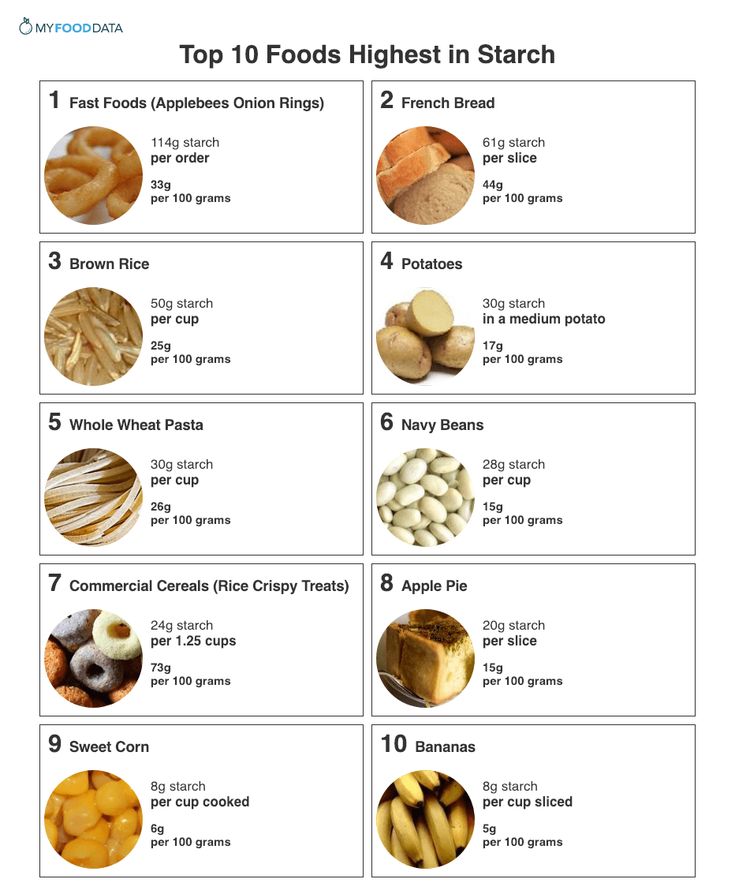 Only the amount of starch depends on the variety and on the ripeness. An apple that is less sweet tends to have more starch than sugar.
Only the amount of starch depends on the variety and on the ripeness. An apple that is less sweet tends to have more starch than sugar.
Starch is a necessary carbohydrate, but only when the measure is observed in use, as in everything, however. Starchy foods are a sure way to get an extraordinary dose of energy, which is why starch is valuable. Nevertheless, I recommend listening to the opinion of experts, and limiting, if possible, the consumption of rapidly digestible starch in order to reduce the risk of developing diseases of the cardiovascular system. nine0003
Eat right and be healthy!
Recently, healthy eating has become a way of life for many people. We try to take care of what we eat. This affects the state of health, general well-being and mood. Why, when we eat right, excess weight does not go away? It's all about starchy vegetables. The list of these products was jointly developed by experts.
What does starch contain?
Many people think that potatoes are the main source of starch. Be that as it may, starchy vegetables and fruits lie in wait for us at every corner. To eat right, to maintain your weight, you need to know what foods to avoid. nine0003
Be that as it may, starchy vegetables and fruits lie in wait for us at every corner. To eat right, to maintain your weight, you need to know what foods to avoid. nine0003
Starch belongs to the group of polysaccharides. When ingested, as a result of metabolic processes, starch is transformed into glucose. It is this component that is the main source of energy. If you do not expend enough energy, there will be an excess of glucose, which is converted into body fat. That is why, during weight loss, many experts advise eliminating foods containing starch from your diet.
Although it is impossible to completely refuse such a component, because starch has a number of useful properties, in particular:
- beneficial effect on the intestinal microflora;
- blocking hyperglycemic processes;
- strengthening immunity;
- normalization of acid-forming processes.
If these products are combined incorrectly or abused, starch can also harm the human body.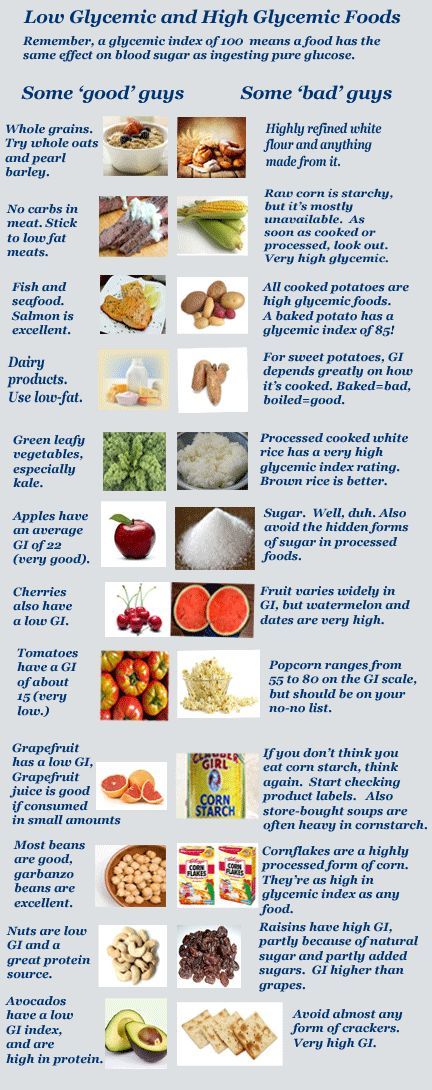 Among the negative properties of starch are:
Among the negative properties of starch are:
- stool disorder;
- flatulence;
- overweight. nine0035
- refined;
- natural (natural).
- oatmeal;
- rice grits;
- beans;
- beans;
- green peas; nine0030
- corn;
- wheat groats;
- oats;
- Jerusalem artichoke;
- potato tubers;
- beets;
- carrots;
- radish;
- squash;
- pumpkin; nine0030
- cauliflower;
- apricot;
- banana;
- peach.
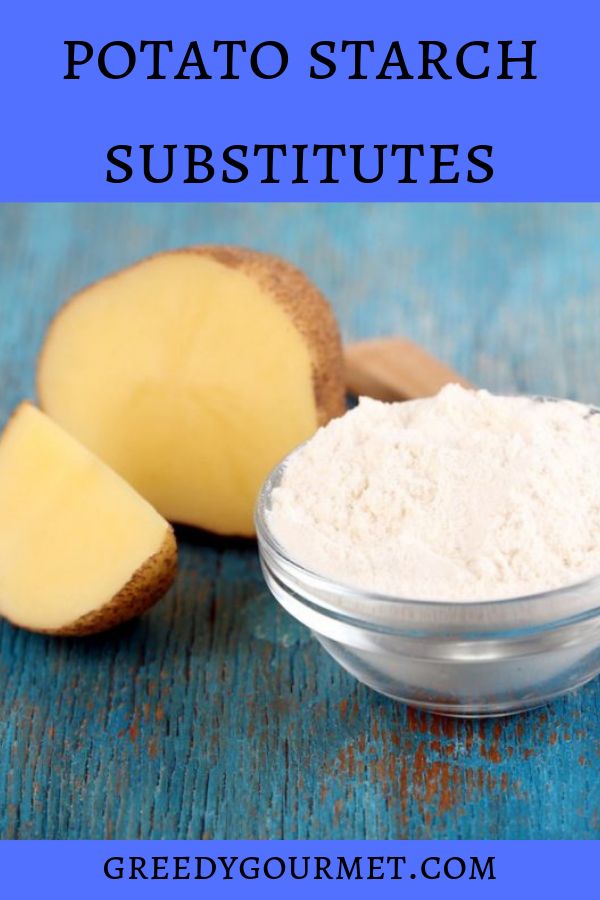
- vegetables and fruits containing starch are ideally combined with any greens;
- it is better not to supplement starch with other components, combine these products with each other;
- legumes and potato roots are best combined with fresh tomatoes, white or red cabbage varieties, cucumbers; nine0030
- so that carbohydrates are absorbed and digested, supplement the diet with foods rich in B vitamins;
- Starchy foods are best baked or steamed.
- Packaged juices are harmful: are there vitamins in packages? nine0029 Lentil lobio Lentil lobio classic recipe
- Delicious stuffed snack rolls
- Chicken breast dishes - delicious recipes, cooking tips
- Before eating, it is useful to grind whole grains, add the resulting powder to a vegetable salad.
- cereals,
- vegetables and herbs,
- fruits,
- legumes.
- Corn,
- Beets,
- Rutabaga,
- Chestnut,
- Carrot,
- Dry (mature) beans, other than soybeans,
- Jerusalem artichoke,
- Potatoes (including sweet),
- Radish,
- Dry (mature) peas,
- Zucchini,
- Squash,
- Plant roots (parsley, parsnip, celery, horseradish),
- Pumpkin (round, autumn),
- Radishes.

- Mustard,
- Green peas,
- Turnip leaves and other aboveground green parts of edible plants,
- Beet leaves and Swiss chard,
- Eggplant,
- Broccoli, nine0029 Brussels sprouts,
- Chicory,
- Cucumbers,
- Garlic (greens, cloves),
- Spinach,
- Chinese (Beijing) cabbage,
- Cabbage (savoy, kohlrabi, white, garden, red, fodder),
- Watercress and watercress,
- Celery (greens),
- Sweet pepper,
- Asparagus,
- Summer gourd (yellow oblong),
- Lettuce and other lettuce,
- Onion (shallot, bulb, chives, leek, leek),
- Dandelion green,
- Okra,
- Okra,
- Parsley (greens) and other table herbs,
- Bamboo shoots,
- Colza (greens),
- Sorrel.

- removes edema;
- fights inflammation;
- improves digestion, prevents peptic ulcer, restores intestinal microflora; nine0030
- strengthens the immune system;
- normalizes metabolism.

- containing starch;
- starch-free;
- low starch.

- Only 1 of them is allowed to be eaten at the same time. nine0030
- Combine these fruits with starch-free green vegetables, fruits.

- Season them with dressings with vegetable and animal fats: sour cream, vegetable oil, cream.
- For better absorption, include in the menu foods containing B vitamins: walnuts, almonds and peanuts, cheese, tomatoes, spirulina.
- Do not combine with protein foods such as meat, eggs and fish.
To radically change your diet, you need to gain certain knowledge. It is important to study what types of starch our body receives. This complex carbohydrate can be divided into two categories:
Natural starch enters our body together with root crops, cereals and vegetables. With a small concentration, it will not affect your well-being and figure in any way, but, on the contrary, will replenish the supply of strength and energy. nine0003
Keep your ear sharp with refined starch. We are talking about food additives that are used for the preparation of confectionery, sauces. Starch can act as a thickener. Potato, corn, rye and wheat starch are commercially available.
This starch can be classified as an empty carbohydrate. Nothing but extra kilocalories, your body will not receive. It is very difficult to get rid of the calories eaten, although it is these groups of carbohydrates that give a feeling of long-term satiety. Table of starchy vegetables
It is very difficult to get rid of the calories eaten, although it is these groups of carbohydrates that give a feeling of long-term satiety. Table of starchy vegetables
Let's start our starchy marathon with a group of grains and legumes. Many diets are based on rice grains and beans. Experts say that some products of these groups contain more than 70% of complex carbohydrates. True, they are very quickly absorbed and digested.
The starch content of the palm is given to the following products:
It is unacceptable to completely exclude these products from the diet, but for the duration of the diet, their use should be limited or temporarily reduced to nothing.
The following vegetables and fruits also contain pure starch:
Interesting! Some fresh fruits, such as pears, apricots, and apples, are very low in starch. This value increases sharply if you use the listed products in dried form.
According to some experts, a small amount of the described polysaccharide is found in ginger and celery root. Although these products are often referred to as fat burners. nine0003
Particular attention should be paid to oatmeal and rice groats. Despite the high content of starch, these products help to get rid of excess weight. The secret is simple - they are quickly absorbed and digested. If you follow an oatmeal or rice diet according to all the rules, then you will get rid of excess weight, and the resulting starch will not be transformed into fat cells.
For the full functioning of the body, you need to eat proteins, fats, carbohydrates, minerals, fiber and vitamins. So that the eaten vegetable or fruit does not cause the formation of fat, you need to know the rules for the ideal combination of products.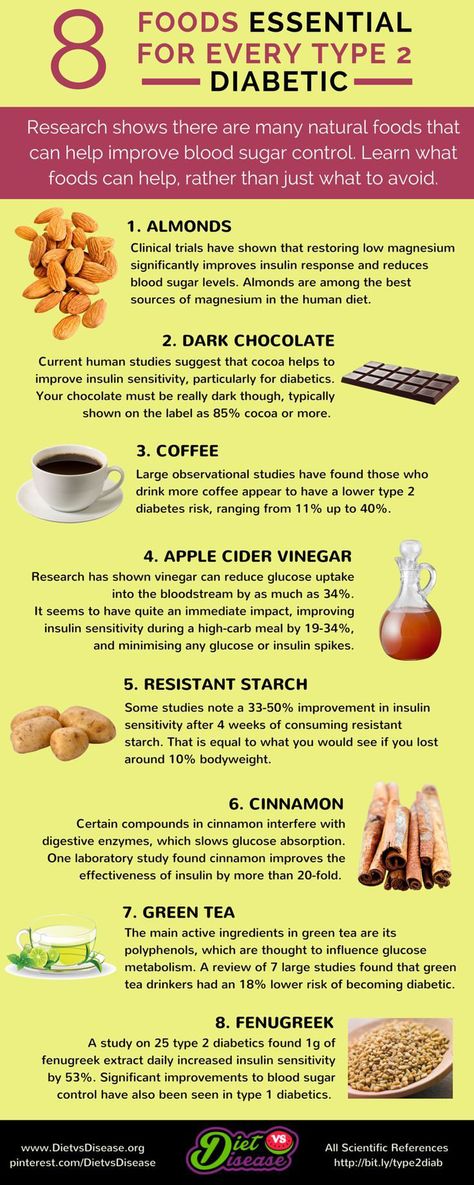 nine0003
nine0003
People who watch their weight closely can limit their intake of starchy foods, but that doesn't mean they should be cut out forever. When dieting, keep the following rules in mind:
So that the body does not suffer from a deficiency of the necessary useful micro- and macroelements, starchy foods still need to be introduced into your diet. Nutritionists advise supplementing such meals with light fats. These include refined vegetable oil, sour cream and cream with a minimum fat content. Thanks to this combination, carbohydrates are quickly digested and converted into energy that you will use during the day. nine0003
Thanks to this combination, carbohydrates are quickly digested and converted into energy that you will use during the day. nine0003
Note! Carbohydrate food is a source of energy. To use it, such products are best consumed in the morning. Then close the carb window and prioritize high protein foods. This is especially true for people who are actively involved in sports.
Read also...
Starch content in cereals. Starchy and non-starchy vegetables: list and description
Foods containing starch are the basis of the nutrition of the peoples of the world. In our country it is wheat and potatoes, in China and India it is rice, in Central and South America it is corn. There is a lot of energy in starchy foods, but they do not participate in the construction of body tissues. Animal starch is healthier than vegetable starch. In some cases, both varieties can be harmful.
In our country it is wheat and potatoes, in China and India it is rice, in Central and South America it is corn. There is a lot of energy in starchy foods, but they do not participate in the construction of body tissues. Animal starch is healthier than vegetable starch. In some cases, both varieties can be harmful.
Composition and varieties of starch
The substance belongs to complex (polysaccharides), it contains residues of glucose molecules. It is poorly soluble in water, which helps to perform the main function - to retain nutrients for a long time. nine0003
Plants use it to accumulate energy reserves, form tiny grains in greenery.
Hydrolysis processes convert starchy grains into water-soluble sugars (glucose). Through cell membranes, they penetrate into various parts of the plant. Glucose feeds the sprout when it emerges from the seed.
When chewing foods containing starch, saliva partially breaks it down to maltose (complex sugar). Under the action of pancreatic secretion, the process is completed in the small intestine.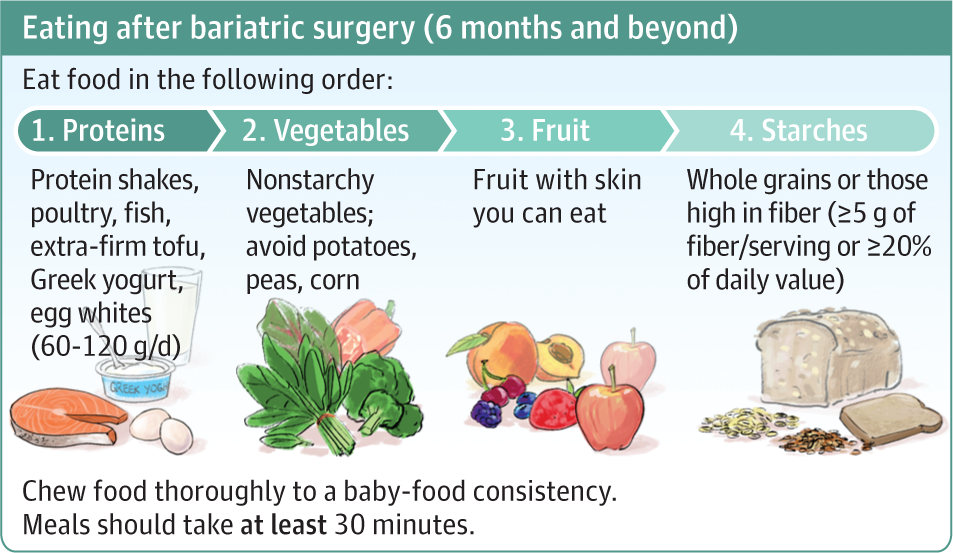 nine0003
nine0003
Vegetable products with starch bring maximum benefit if they are not consumed in cereals or soaked, but chewed thoroughly, not washed down.
Animals store glucose in the liver and muscles in the form of glycogen (animal starch). Its slow hydrolysis keeps the blood constant between meals.
Vegetable starches
Potato. This product has a high absorption rate. It breaks down to glucose 10-12 times faster than starchy cereals and grains (several hours). nine0003
A thin, oily layer under the skin of young potatoes facilitates rapid absorption. As a rule, it is cut off during cleaning. This is also why potatoes baked in their skins or boiled in their skins are useful.
Most potato dishes are quickly evacuated by the body, they do not burden the function of the digestive organs.
Rice. The product is rich in starch, has an astringent effect.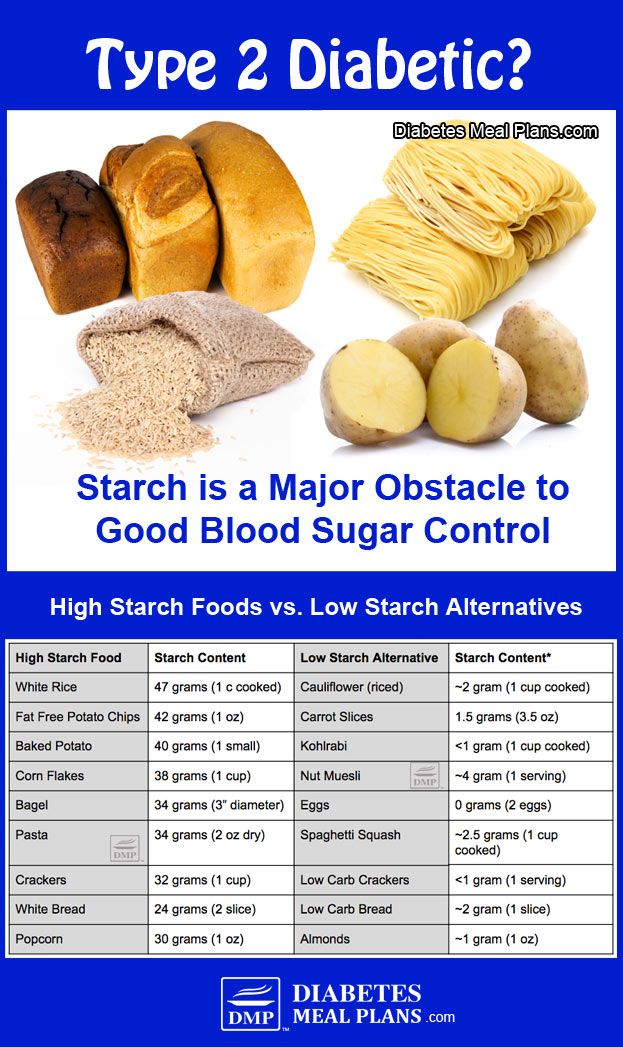 Cooked without oil, rice is useful for diseases of the genitourinary system, enhances lactation, soothes, improves complexion. Round rice has the most starch, so the grains boil and stick together. nine0003
Cooked without oil, rice is useful for diseases of the genitourinary system, enhances lactation, soothes, improves complexion. Round rice has the most starch, so the grains boil and stick together. nine0003
Wheat. Products with wheat are useful in diseases of the gastrointestinal tract, dissolution of salts in the genitourinary system, and have a vasodilating effect. Outwardly baths with starch are used to get rid of itching, with children's diathesis.
Rye. Products are used in diabetes mellitus, to enhance resistance, bind and remove harmful substances.
Oatmeal. Kissels and other products help to cope with physical and intellectual overwork. Remove excess, help with diabetes, anemia, insomnia. nine0003
Corn. Products have a rejuvenating effect. The extract from the grains prevent the development of tumors. It is used as a choleretic agent or to increase blood clotting.
Animal starch
In fact, vegetable starch is nothing but organic glue. If you forget to wash the plate after porridge or potatoes, only hot water and a hard brush remove hardened food residues.
The complex formula of vegetable starch contains glucose, which is the body's main source of energy. Its chemical formula consists of the same elements as glycogen, but their spatial arrangement in plant and animal varieties is different. nine0003
Therefore, enzymes designed to break down glycogen do not completely break down glucose from the vegetable variety.
Such food is more difficult to digest, and by-products of digestion accumulate in the body. They require additional energy costs for their removal. Accumulated harmful substances cause atherosclerosis, osteochondrosis, and other diseases.
Some researchers believe that diabetes mellitus develops as a result of depletion of the enzyme system during long-term processing of vegetable starch. It is not the level of glucose ("sugar") that increases in the blood, but the amount of products of incomplete breakdown. They clog tissue and disrupt microcirculation. nine0003
More beneficial to the body starch contains the liver of animals or fish, in which up to 10% glycogen.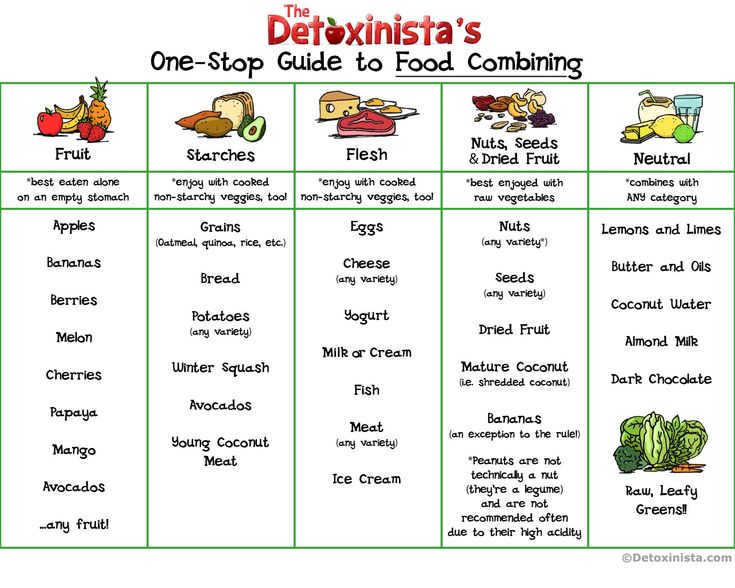
Therefore, the less starchy food you eat, the more health. Arnold Ehret wrote about the dangers of foods containing starch in the early twentieth century in his book The Healing System of the Mucusless Diet.
List and table of products containing starch
Vegetables and fruits contain up to 10% carbohydrates. When apples ripen, the amount of starch increases, and during storage it decreases. There is a lot of it in green bananas, in ripe ones it turns into sugar. nine0003
The largest amount of starch in products from cereals, legumes, rice. The proportion recommended by nutritionists is 10% of the daily diet.
Non-starchy and green vegetables: cabbage, cucumbers, turnips, carrots, bell peppers, onions, parsley, pumpkin.
| Product (100g) | Starch content, g |
|---|---|
| Cereals | |
| Rice | 75 |
| Corn | 65 |
| Oats | 61 |
| Buckwheat | 60 |
| Wheat | 60 |
| Millet | 59 |
| Barley | 58 |
| Rye | 54 |
| Flour | |
| Rice | 79 |
| Barley | 71 |
| Wheat | 70 |
| Corn | 65 |
| Dishes | |
| Pasta | 72 |
| Kashi | 55 |
| Kiseli | 50 |
| White bread | 47 |
| Rye bread | 44 |
| Legumes | nine0171|
| Nut | 50 |
| Peas | 48 |
| Lentils | 41 |
| Soya | 35 |
| Beans | 27 |
| Vegetables | |
| Potato | 18. 2 2 |
| Rutabaga | 18 |
| Radish | 15 |
| Beets nine0166 | 14 |
| Pumpkin | 2 |
| Garlic | 2 |
| Parsley | 1.2 |
| Eggplant | 0.9 |
| Celery root | 0.6 |
| Cabbage | 0.5 |
| Tomato | 0.3 |
| Radish | 0.3 |
| Turnip | 0.3 nine0166 |
| Carrot | 0.2 |
| Onion | 0.1 |
| Cucumber | 0.1 |
| Sweet pepper | 0.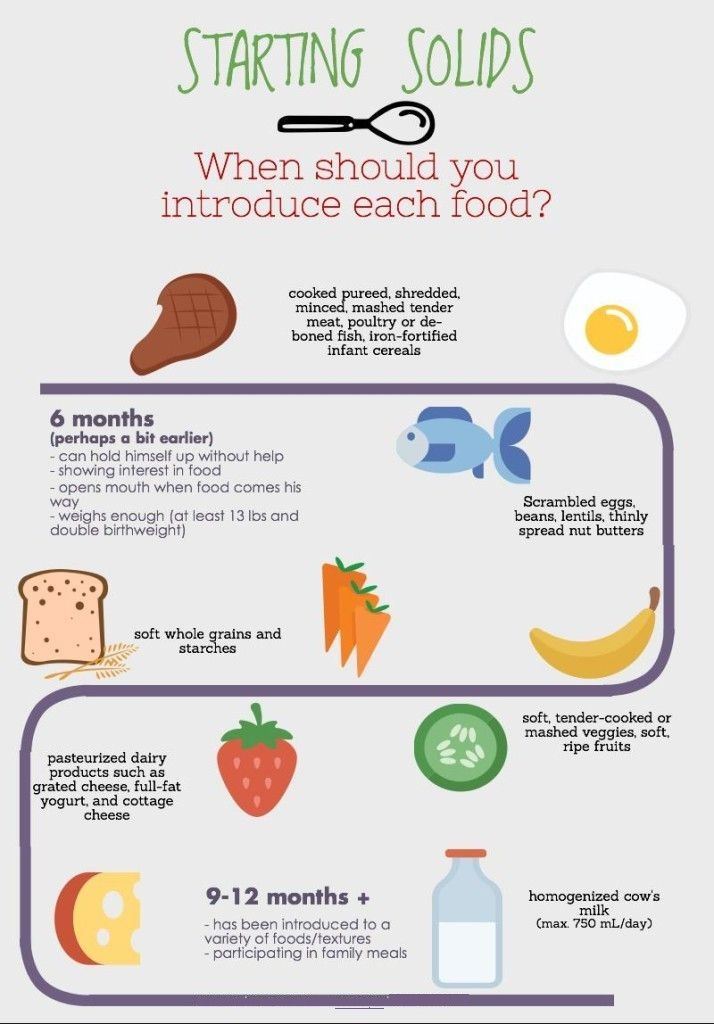 1 1 |
| Fruit | |
| Bananas | 7 |
| Apples | 0.80 |
| Black currant | 0.60 |
| Pear | 0.50 nine0166 |
| Strawberry | 0.10 |
| Fresh plum | 0.10 |
Harm of starch
Cereals are the most difficult to digest even when boiled. Products from them cause fermentation and gas formation.
Grains, cereals, starchy foods are contraindicated in young children because they do not produce the necessary enzymes. Even in a two-year-old, they are less active compared to an adult's body. nine0003
Therefore, before the age of two, it is better to prefer fruits to starchy food - prunes, dates. They are easily digested, give enough energy, do not require long digestion.
In order to understand whether products containing starch are useful for the human body, it is necessary to understand what this substance actually is and what its role in metabolic processes is.
Starch and its benefits to humans nine0005
Starch is nothing but a polysaccharide. Nature took care of man and brought this substance into its “range of life”. It is found in many plants, synthesized under the influence of sunlight. It is starch that is the natural carbohydrate that, in the process of nutrition (digestion) in our body, turns into very useful glucose. Of course, there is also sugar, which can also be transformed into this colorless crystalline substance, however, getting food with a high content of it, our body experiences a real “shock”. Indeed, for a short time, the following happens: a glycemic jump, and then a sharp drop in energy. As a result, our cells and naturally we ourselves remain hungry. nine0003
If you know what foods contain starch, and consume them in sufficient quantities during meals, then completely different, beneficial processes take place in your body.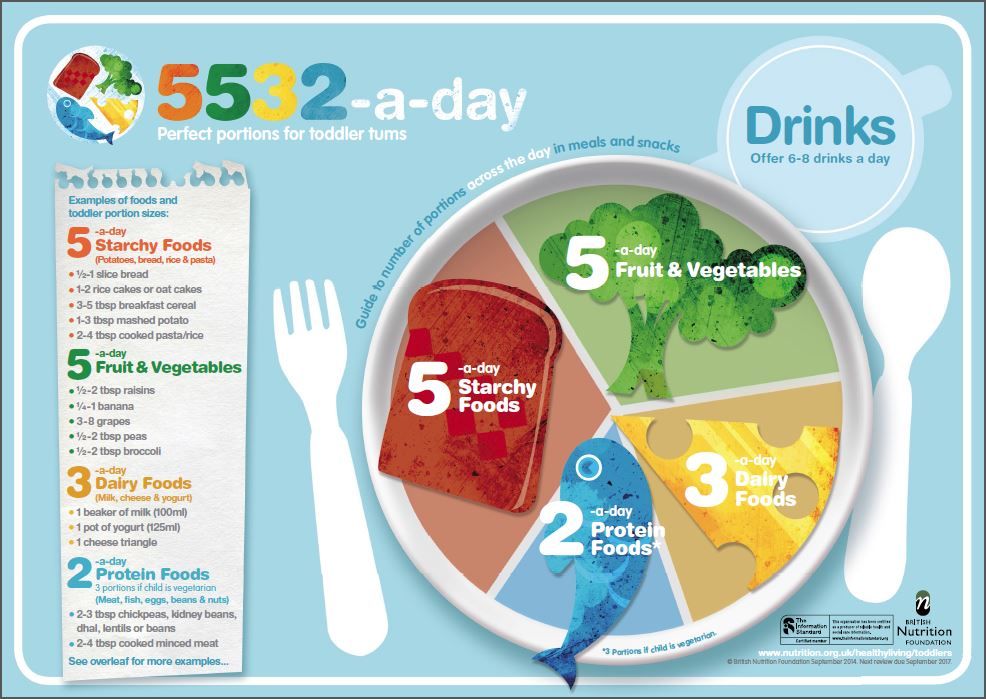 Eating, for example, vegetables rich in starch, you get carbohydrates that are processed into glucose much longer than simple sugar, sweets or other sweets. You are calm, without feeling hungry and with full "energy batteries" awake until the next meal. Thus, we can draw the main conclusion regarding the usefulness of starch for the human body: this substance allows you to save energy for a long time, and the food products in which it is contained include other elements necessary for humans. nine0003
Eating, for example, vegetables rich in starch, you get carbohydrates that are processed into glucose much longer than simple sugar, sweets or other sweets. You are calm, without feeling hungry and with full "energy batteries" awake until the next meal. Thus, we can draw the main conclusion regarding the usefulness of starch for the human body: this substance allows you to save energy for a long time, and the food products in which it is contained include other elements necessary for humans. nine0003
Starch in the metabolic processes of the human body
If we are talking about the saturation of our body with "slow" carbohydrates, we need to be more careful about the menu. It is food rich in useful and fully digestible starch that meets these requirements. As mentioned above, in the process of digestion, our cells receive glucose, thanks to which they "live and are healthy." Its role in the metabolic processes of the human body is enormous, since this substance is the fuel for the multi-billion army of cells in the human body.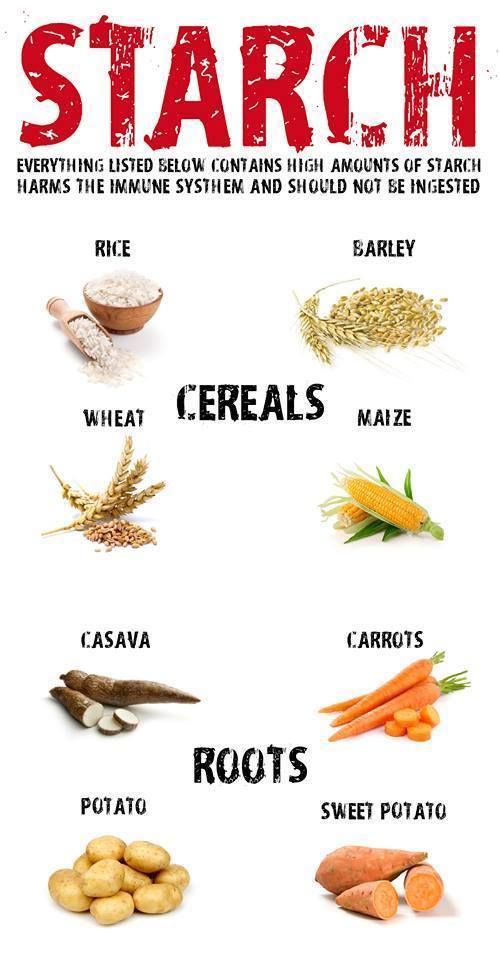 And their ability to absorb grape sugar, as glucose is also called, makes us healthy and happy. nine0003
And their ability to absorb grape sugar, as glucose is also called, makes us healthy and happy. nine0003
Foods rich in starch, getting into our gastrointestinal tract, are split into molecules. Further, glucose "scatters" through the cells. Moreover, for the absorption of the substance, you may need a kind of “key” in the form of insulin, a hormone produced by the pancreas. Some of the cells in our body are insulin dependent. These include: brain tissue, muscle and red blood cells. That is why, without eating on time and bringing ourselves to the feeling of hunger, we become a little “dull” and physically weaken. This problem is solved very easily - you just need to eat, for example, the same vegetables. nine0003
Which foods contain starch
We have realized the benefits of natural starch found in foods. We just have to identify the best vegetables, fruits, algae and understand which of them are not only healthy, but also tasty. At the same time, we should not forget that the rate at which starch is absorbed into our body depends on the methods of processing consumed foods and methods of cooking. Naturally, natural products are considered the most useful. Here is a simple list of the top 4:
Naturally, natural products are considered the most useful. Here is a simple list of the top 4:
It is well known that nuts are a storehouse of vitamins, macronutrients and microelements. Many of you may have noticed that after eating a certain amount of them, you almost immediately feel full. This state lasts long enough. The starch content of nuts (cashews, pistachios, pine nuts, etc.) is precisely the reason for their high energy value. However, the list of foods that are useful for starch, which is indispensable for our body, is not limited to nuts. nine0003
There is another group of gifts of nature, in which there is a lot of this substance - a variety of vegetables. Many of them contain starch to one degree or another, which, in combination with other useful components, makes vegetables indispensable on our table. But the richest in the so-called useful or resistant (fully digestible) starch are such unique ones as beans and lentils.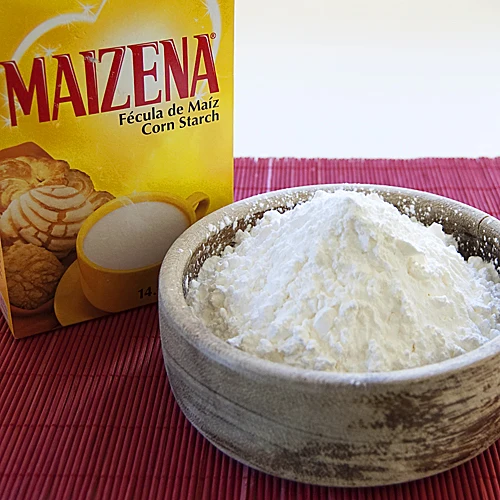 They are leaders in the content of this substance. Further, lagging behind them is not very far, followed by whole grains - the main suppliers of complex carbohydrates to our body. These include primarily cereals: oats, buckwheat and rice. The benefits of these foods are well known, and if vegetables are added to them, then the body will only say “thank you”, which will inevitably affect your well-being and attitude for the better. nine0003
They are leaders in the content of this substance. Further, lagging behind them is not very far, followed by whole grains - the main suppliers of complex carbohydrates to our body. These include primarily cereals: oats, buckwheat and rice. The benefits of these foods are well known, and if vegetables are added to them, then the body will only say “thank you”, which will inevitably affect your well-being and attitude for the better. nine0003
Don't forget about root vegetables. First of all, it's potatoes. By eating it and the same vegetables, you will get a large supply of energy for the day and a "bunch" of vitamins. In addition, there are more "exotic" root crops, but also healthy and rich in resistant starch - Jerusalem artichoke, yam and sweet potato. In no case should you ignore fruits - in small quantities, starch is also present in them.
Know when to stop and be healthy
All of the above foods must be included in the daily shopping list. However, when including foods high in starch in your menu, remember that moderation is important.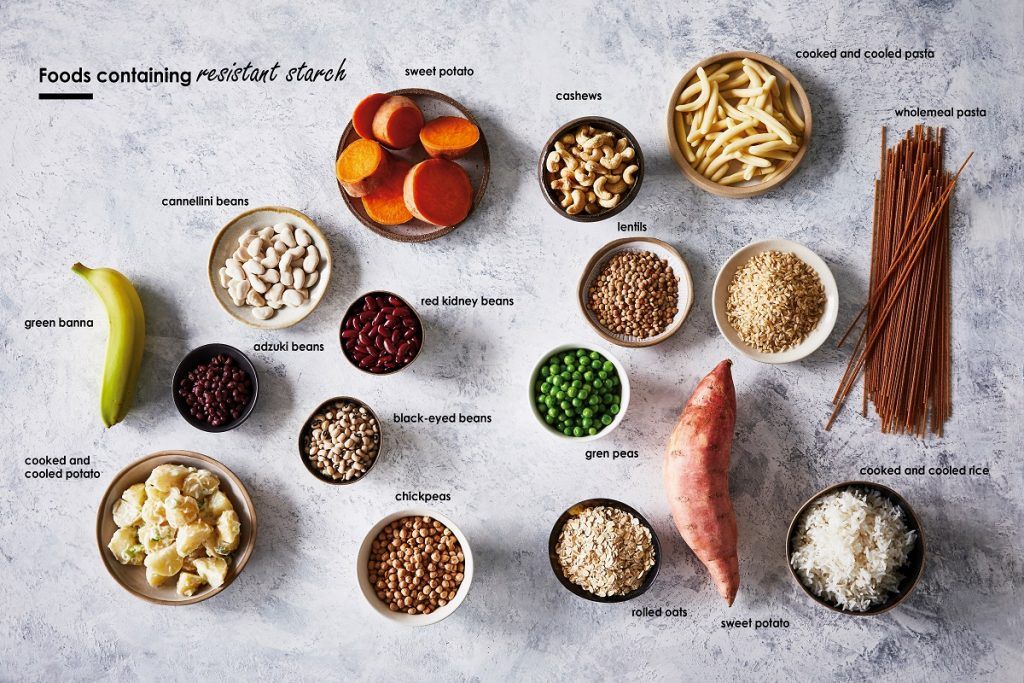 Don't put too much pressure on them. Perhaps a food calorie table will not hurt you. Try to include vegetables in your daily diet, as if diluting them with “starchy” foods. nine0003
Don't put too much pressure on them. Perhaps a food calorie table will not hurt you. Try to include vegetables in your daily diet, as if diluting them with “starchy” foods. nine0003
Based on numerous studies by the medical scientific community, the norm of starch necessary for the human body has been determined. It is 330-450 grams per day - you should not consume more. And don't forget about exercise. Their benefits have long been proven. It would not be superfluous to recall that in the body of an active person, metabolic processes are also carried out quickly. This also applies to the full absorption of starch.
Starch, which is converted into glucose when digested, is the most common form of polysaccharides in nature, so dividing vegetables into non-starchy and starchy has become part of healthy diets. Initially, the division of vegetables into non-starchy and starchy was an element of the theory of separate nutrition. Physical State Calculator.
Non-starchy vegetables play a positive role for weight loss, but vice versa.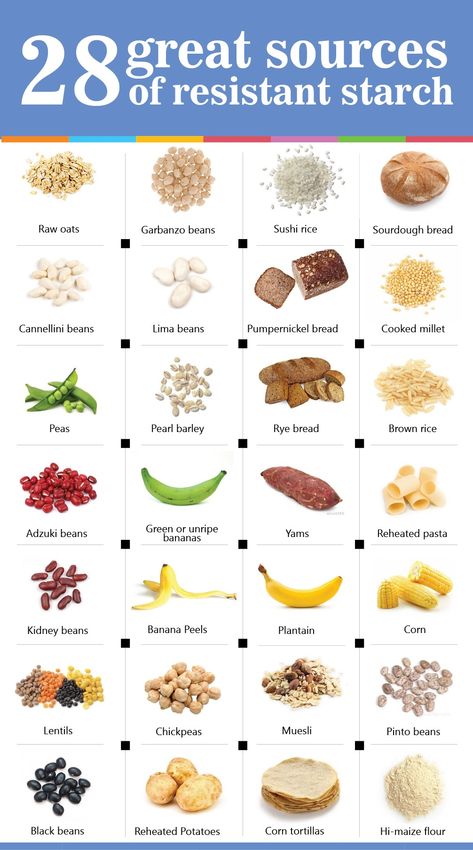
Most starch is found in root vegetables and large grains, which store nutrients to ensure the growth of the plant seed. Potatoes have the highest starch content of all vegetables - up to a fifth of the volume of a potato, which is the first reason for excluding potatoes from diets for weight loss. nine0003
To reduce the negative impact of starchy vegetables on the process of losing weight, starchy vegetables are best eaten with green non-starchy vegetables, fats (vegetable / animal), it is better not to combine them with proteins, sugar and acids. At one meal, we recommend eating no more than one type of starchy vegetables.
Complete list of starchy vegetables.
Vegetables, not containing starch.
Everyone's favorite tomatoes that make up a good tomato diet are neither starchy nor non-starchy vegetables. It was found that the main nutritional characteristic of a tomato is acid, not the presence of starch. Due to the high content of acids (citrus, malic and oxalic) in the composition, the tomato is classified as an acidic product, and it is not recommended to eat them with starchy vegetables, but it is allowed with leafy vegetables and fats. Calorie calculator online. nine0003
List of moderately starchy vegetables.
It should be taken into account that eggplant in various interpretations is classified as both non-starchy and moderately starchy vegetables.
Complete list of non-starchy vegetables.
One of the suppliers of carbohydrates to the human body is starch. It breaks down and turns into glucose. It is essential for all processes in the body. Therefore, it is very important to know which foods contain starch in order to be sure to include them in your diet. Most of all it is in vegetables, fruits, cereals and legumes. It is no coincidence that since ancient times, these products have been the basis of the diet for all peoples. And the Russian heroes became strong, eating mainly porridge. nine0003
For all plants, starch is the main source of nutrients. Therefore, foods of plant origin contain this substance. Most of it is found in seeds, fruits and roots of plants. Having learned which foods contain starch, you can understand that this substance should be in the diet of all people. After all, this is the food that is recommended by all experts in healthy nutrition. This food has long been the staple of many peoples.
So what foods contain starch? First of all, these are all grains, especially rice, barley, buckwheat, wheat and corn. Vegetables include potatoes, carrots, beets and all legumes. Natural starch is a slowly digestible substance that breaks down into glucose. This process begins in the mouth, therefore, in order for it to be better digested, food must be chewed thoroughly. nine0003
Vegetables include potatoes, carrots, beets and all legumes. Natural starch is a slowly digestible substance that breaks down into glucose. This process begins in the mouth, therefore, in order for it to be better digested, food must be chewed thoroughly. nine0003
For better assimilation of starch, it is recommended to subject products containing starch to heat treatment. But with prolonged exposure to high temperature, a toxic substance is formed from it, which causes cancer. It is not recommended to fry these products for a long time. For example, or chips are a very indigestible food. Therefore, cereals or potatoes are best boiled, baked or stewed.
Those who want to lose weight try to exclude foods containing starch from their diet
. In fact, people who lead a sedentary lifestyle do not require a lot of carbohydrates. You can simply find out which foods are high in starch and limit their consumption. Indeed, with poor digestion and low energy costs, excess carbohydrates will be deposited in fat. nine0003
nine0003
Although everything that is said about the dangers of this substance refers primarily to refined starch. It is most often extracted from potatoes or corn, using phosphates, defoamers and bleaches for this. It is this white powder that causes digestive problems and metabolic disorders.
What foods contain artificial starch? These are all confectionery, sweets, pastries, bread and pasta. It is added to all canned food, baby food, sausages, ice cream, yogurt and even drinks. Sometimes it is artificially broken down into more easily digestible substances. Such starch is called modified. It is used to create a homogeneous product, better mixing and thickening. nine0003
You need to know which foods contain starch, and also in order to combine food correctly. After all, it is almost not digested in the presence of other sugars, proteins or acids. Therefore, it is harmful to eat bread with cheese, porridge with jam or potatoes with meat. It is these combinations that create the problems attributed to starch.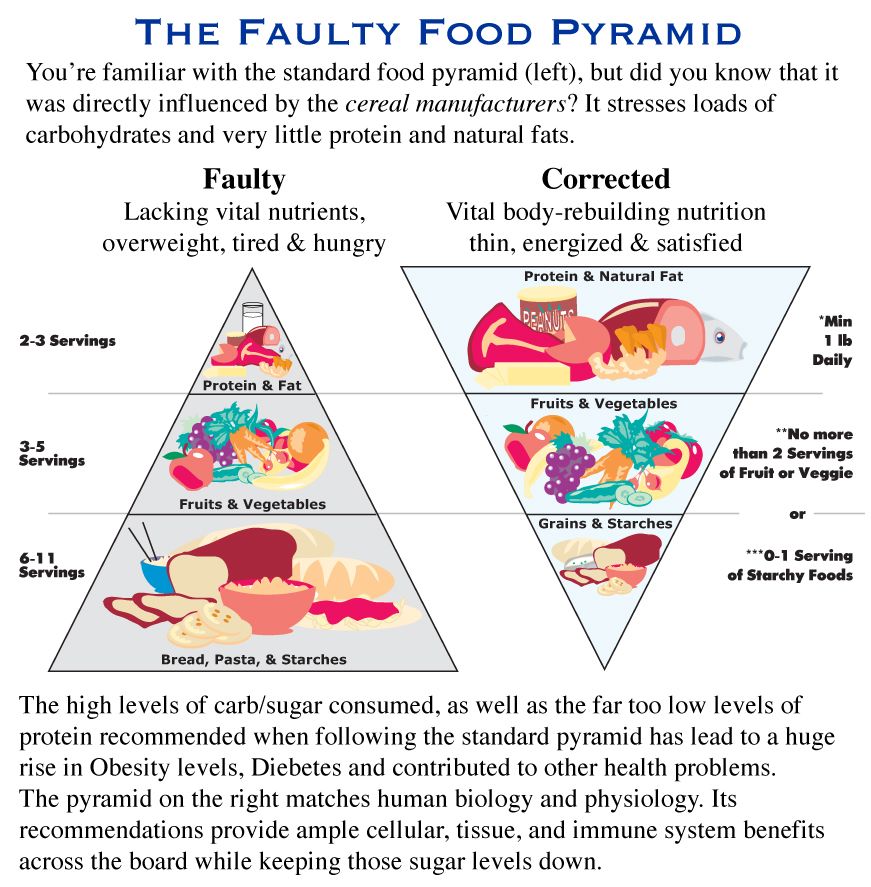
One of the main rules of healthy nutrition says: eat more vegetables. But everything needs a measure.
An important component of them is starch, which brings both benefit and harm to our body. In different types of fruits, its content is not the same. Therefore, it is necessary to harmoniously combine starchy and non-starchy vegetables in your diet, observing the established norm of this ingredient. nine0003
Starch in the body
Starch refers to carbohydrates, a group of polysaccharides. And when it enters the body, it turns into glucose, which is our main energy supplier.
The daily requirement of this carbohydrate is about 400 grams. In moderation, it is simply necessary for the proper functioning of our body, providing the following functions in it:
Starch satisfies our daily carbohydrate requirement by 80%. But most importantly, it helps us replenish the expended energy.
If there is too much of this substance, then in the first place we should be afraid of weight gain. An excessive amount of polysaccharide is transformed into an excess of glucose. One part of it goes to replenish energy costs, the rest turns into fat and is deposited in problem areas. nine0003
In addition, starch overload causes fermentation in the intestines, which is manifested by bloating, nausea and problems with stool.
Starch, which enters our body, is divided into refined and natural. Its refined form is a dietary supplement and carries simple carbohydrates. They do not bring much benefit, but cause weight gain.
We get natural starch from fruits and vegetables, and it is this that is most valuable to us. nine0084
Starch distribution in vegetables
All vegetable crops are divided into 3 groups according to the content of starch polysaccharide:
Most of it is found in cereals and legumes. From cereals, rice, wheat, oatmeal and oats are isolated. The content of starch in them can reach 70%. Despite the high amount of polysaccharide, cereals from them often become the main ingredients of diets. The reason is that they are quick and easy to digest. nine0003
Beans, green peas and corn are among the legumes. They contain about 40% of an important carbohydrate.
Root crops continue the list of starchy vegetables. Among them, the most famous is potatoes. And also here include Jerusalem artichoke, radish, turnip. Edible roots belong to the same group: celery, parsley, horseradish, ginger.
The list of non-starchy vegetable products is wider due to the presence of herbs in it: parsley, dill, basil, celery, rhubarb, purslane, lettuce and other crops. This group includes all juicy, green and crisp vegetable fruits. nine0003
Separated from all vegetable crops is the tomato.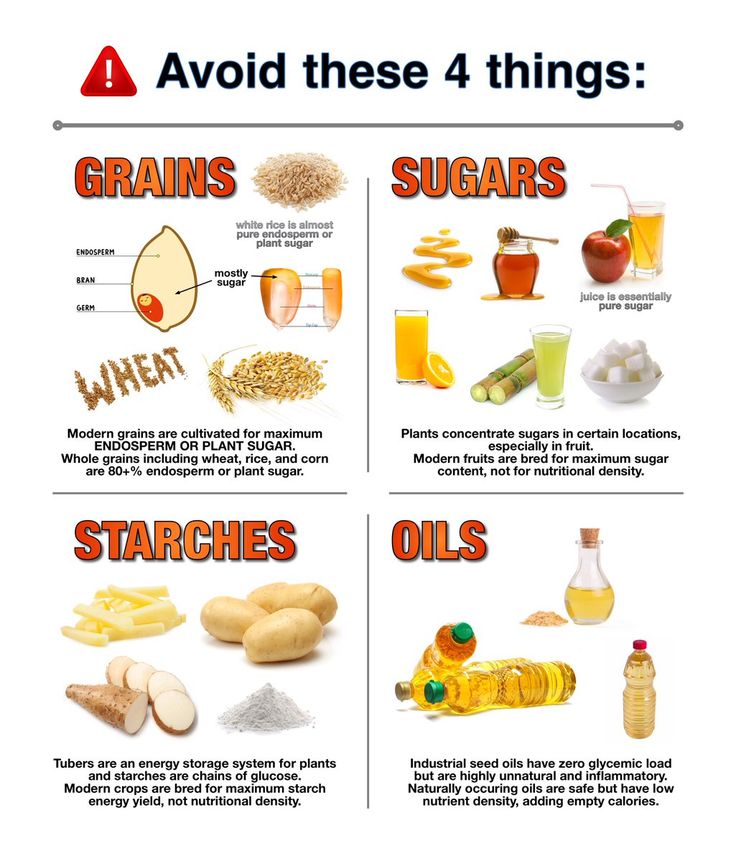 It contains a lot of acids - malic, oxalic, citrus. Therefore, it is considered sour food, and it is in principle incorrect to judge its “starchiness”.
It contains a lot of acids - malic, oxalic, citrus. Therefore, it is considered sour food, and it is in principle incorrect to judge its “starchiness”.
How to combine vegetables according to starch
For the first time, the concept of starchy and starchy vegetables was introduced by Herbert Sheldon, the developer of a separate nutrition system. nine0003
According to his theory, in order to fully enrich our body with vitamins, microelements and other useful substances, as well as to maintain an ideal weight, all types of vegetable crops should be present in our diet. But to get the most out of them, you need to know the rules for their use. The main idea of the theory is the combination of vegetable ingredients according to their compatibility.
The following rules apply for starchy vegetables.
Some restrictions on the intake of starchy plant products are due to the fact that the processing of starch, which is contained in them in large quantities, requires an alkaline environment. It is alkalized by special enzymes, and nothing should interfere with their production. nine0003
Protein is digested in an acidic environment by completely different enzymes. And the combination of such incompatible products provokes the processes of fermentation and decay, which will lead to disruption of the digestive tract. Therefore, such a popular dish as potatoes with meat actually carries a potential risk to your well-being.
Non-starchy vegetables are easy to digest, absorb quickly, contain many vitamins and go well with almost all foods. Their union with meat will be perfect, especially celery salad. nine0003
Their union with meat will be perfect, especially celery salad. nine0003
You can not use such fruits with dairy products due to the same fermentation.
Particular attention should be paid to vegetables for weight loss. Of course, preference is given to those that do not contain starch. But starchy fruits should not be completely abandoned either.
Try to eat them in the morning. And it is better in boiled or baked form. Such heat treatment reduces the percentage of polysaccharide in them. So, about 18% of starch is concentrated in fresh potatoes, and only 14% in boiled potatoes. nine0003
In the diet of those who struggle with extra pounds, such fruits should not exceed 30%.
Proponents of separate nutrition pay special attention to cauliflower. It is considered a moderately starchy food, but should be consumed in limited amounts when combined with fats.
To facilitate the preparation of a dietary menu, the classification of vegetables by starch content is presented in the following table.